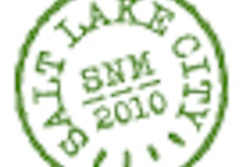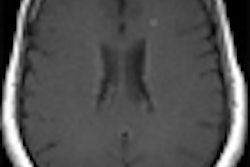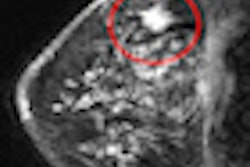Reaching out to low-income women with managed care health insurance increases the likelihood that these women will get regular mammography screening, a new study published online June 29 in Cancer Epidemiology, Biomarkers, and Prevention has found.
Researchers from Florida International University in Miami and Tennessee State University in Nashville found that when a woman received a letter from her primary care provider reminding her of the importance of annual mammograms, her likelihood of screening increased by 80% compared to those women in the control group who did not receive similar letters (Cancer Epidemiol Biomarkers Prev, June 29, 2010).
"Physician recommendation remains the strongest predictor of screening mammography use among all women; whereas the most common barriers to mammography in low-income and minority populations include lack of insurance and lack of a regular provider," wrote lead author Nasar Ahmed, PhD, and colleagues.
The researchers studied 2,357 women who had not complied with a screening protocol of an annual mammogram between 1999 and 2001. The women had very low incomes (mean and median annual household income was $8,447 and $6,994, respectively), were 40 years and older, and were enrolled in the Tennessee Coordinated Care Network, which serves the working poor.
The women were assigned to three groups:
- Group 1: A control group of 786 women, who received usual care (monthly newsletters on health topics, health pamphlets, and access to community health outreach workers)
- Group 2: A simple intervention group of 785 women, who received usual care and a reminder letter from the insurance company's medical director describing the importance of annual mammograms
- Group 3: A group of 786 women, who received usual care and a reminder letter from the medical director. If they did not get a mammogram within three months of the first letter, they received a second letter from their primary care physician; if after usual care and the two letters the women still had not come in for screening within three months, they also received counseling from community health outreach workers.
The outreach workers were from the study cohort's peer group, had similar life experiences, and had previously held and overcome similar beliefs and experiences such as distrust or fear of the medical system, fear of illness, fatalism, or lack of self-efficacy, the team wrote.
By the end of the intervention period, women in group 3 received 213 mammography screenings (27%), compared with 126 screenings (16%) in group 2 and 105 screenings (13%) in group 1.
The assumption among healthcare reformers has been that the provision of healthcare alone may provide a universal remedy for access problems. But this doesn't seem to be the case, according to Ahmed and colleagues.
"The general expectation in the current healthcare debate is that health disparities will be mitigated by the provision of healthcare coverage," they wrote. "This expectation relies on the assumption that all healthcare services are equally available and equally accessed. However, there is a body of evidence indicating that insured low-income people find accessing the healthcare system more difficult and do not receive preventative care at the same rates as the general population."
The reminder letters that groups 2 and 3 received were effective to a point, but adding counseling to group 3 was most effective, they added.
"Our findings suggest the letters helped improve screening rates up to a threshold level but that letters alone are not sufficient to assure that women, particularly low-income women with many barriers and competing priorities, obtain a mammogram," they wrote. "Hard-to-reach, [noncompliant] women required a more personalized approach ... [and the community outreach workers offered that by sharing] their stories, approaches, and strategies."
By Kate Madden Yee
AuntMinnie.com staff writer
June 30, 2010
Related Reading
Calif. bill would restore low-income screening, January 6, 2010
Free mammography still carries some costs, September 26, 2008
The rich get too many mammograms; the poor too few, March 11, 2008
Even small co-pay deters mammogram use: U.S. study, January 25, 2008
Perceived racism does not explain low mammography rates, May 22, 2007
Copyright © 2010 AuntMinnie.com




















